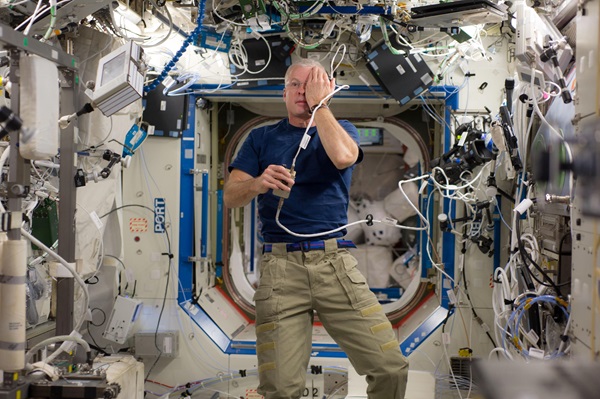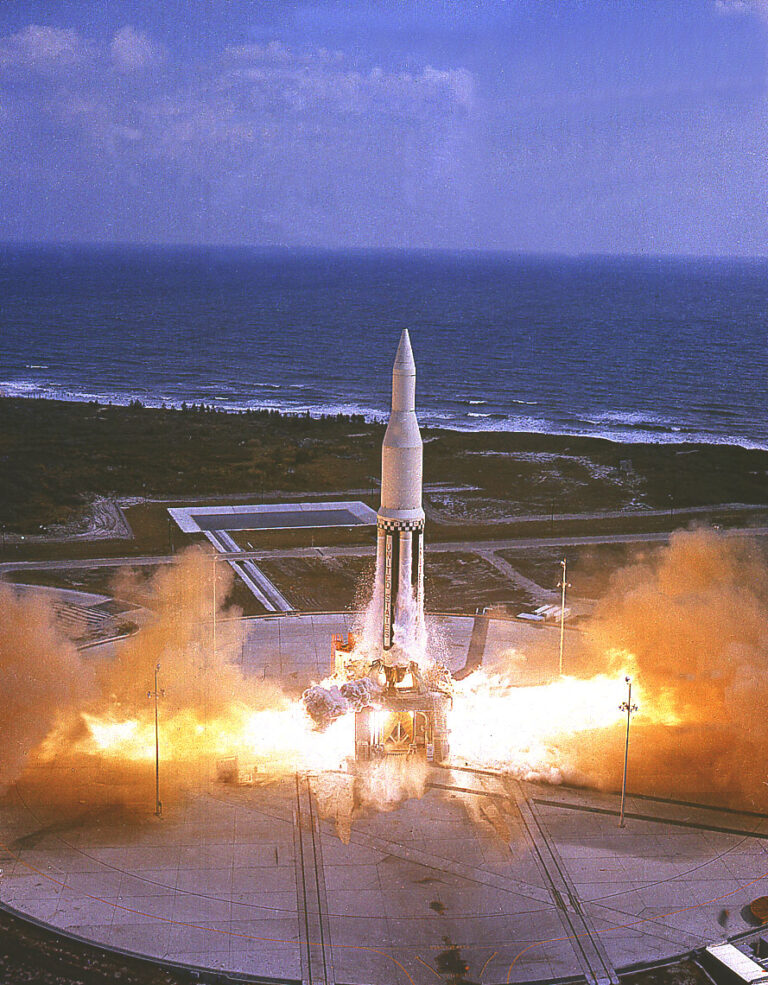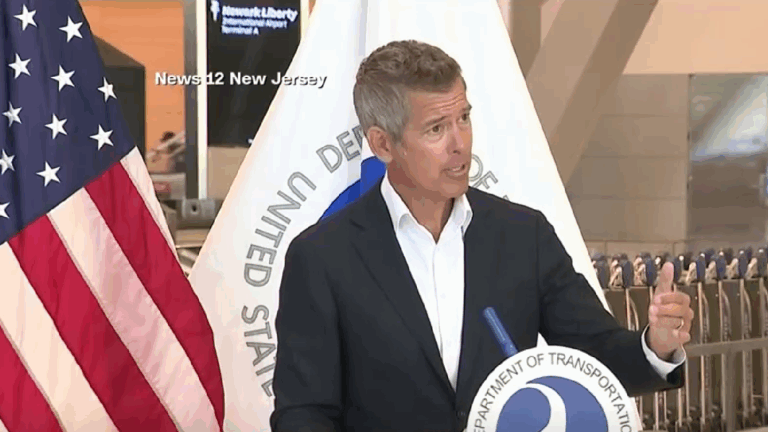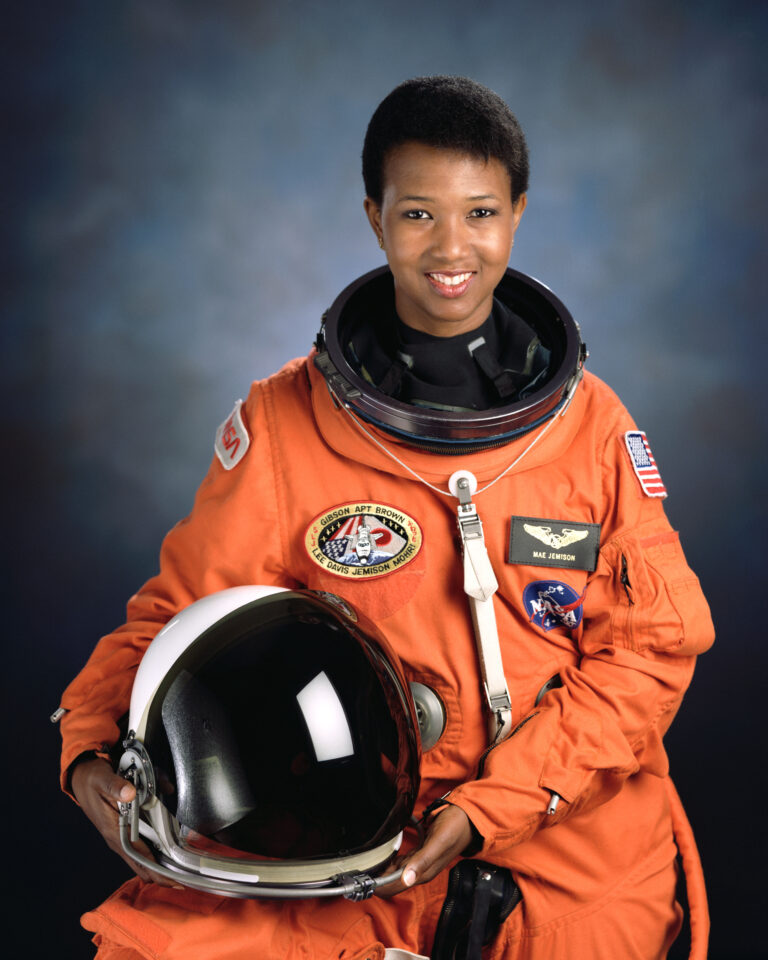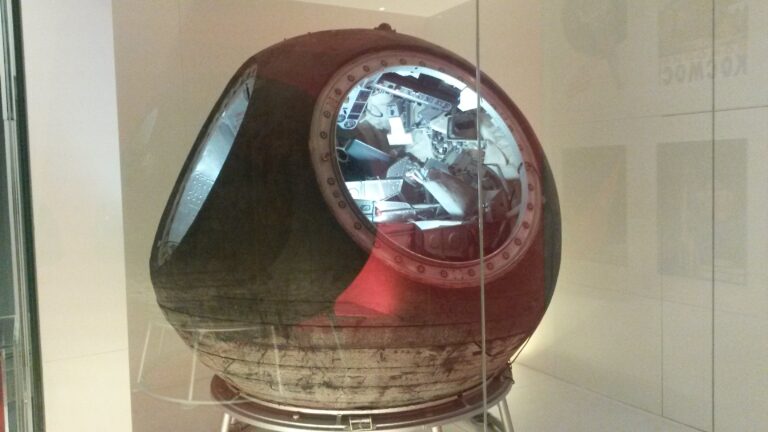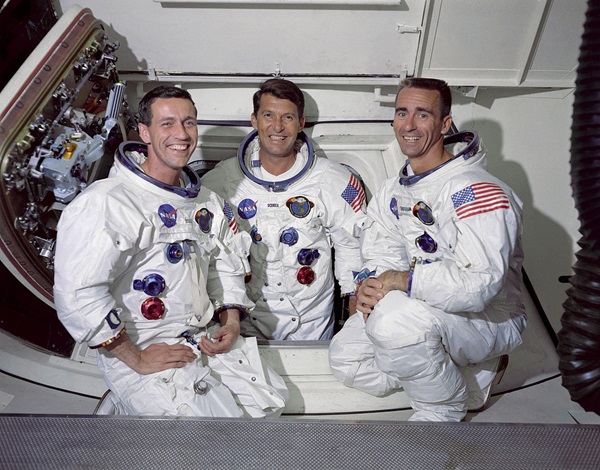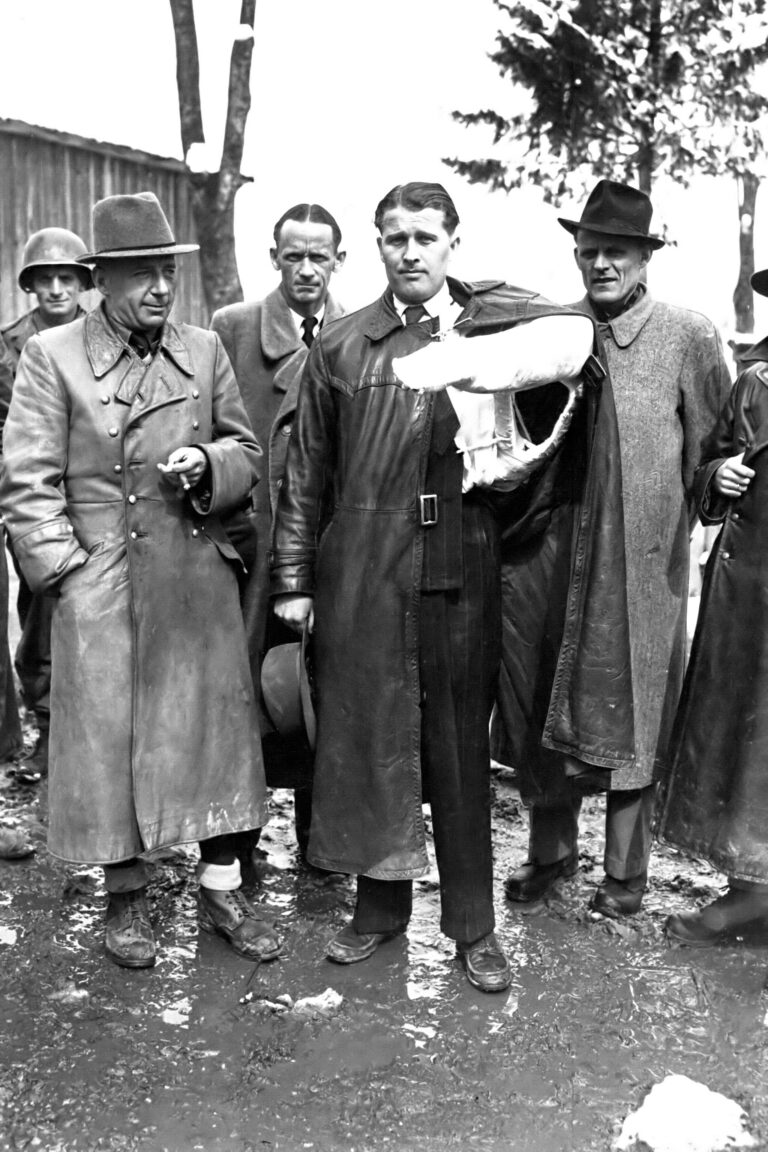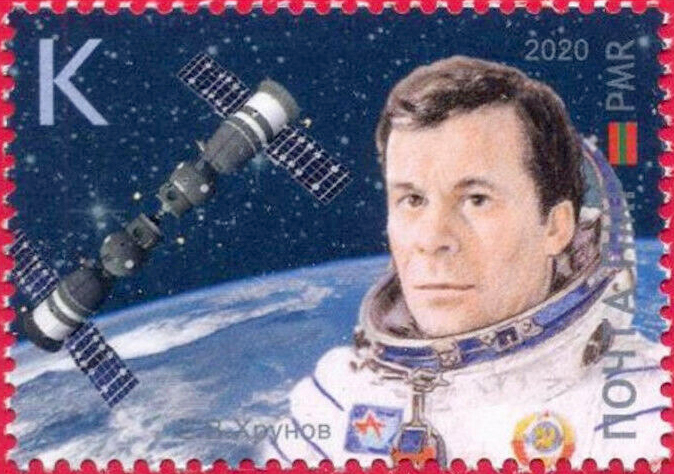Key Takeaways:
- Spaceflight Associated Neuro-ocular Syndrome (SANS) causes fluid buildup in the brain and eyes, leading to vision changes and potential cognitive effects. Research is ongoing to understand its long-term impacts and develop countermeasures, such as artificial gravity or negative-pressure suits.
- Cosmic radiation poses significant health risks to astronauts beyond Earth's magnetic shield, increasing cancer risk and potentially affecting behavior and cognition. Mitigation strategies include spacecraft shielding (e.g., water or regolith) and potential biological countermeasures like gene editing.
- Space travel alters the astronaut microbiome, potentially leading to health issues like skin rashes and hypersensitivity. Maintaining a healthy diet, using prebiotics and probiotics, and potentially fecal transplants are being explored to address these changes.
- Maintaining crew cohesion during long-duration missions is crucial. Crew selection processes are being refined using analog missions and social sciences research. Induced torpor or hibernation is a potential solution to mitigate stress and conflict during long-duration transit.
Historic in its own right, the Crew-1 mission will also demonstrate the rapid progress private spaceflight companies, especially SpaceX, have made in recent years. And though still far off on the horizon, regular human spaceflights beyond low-Earth orbit look inevitable over the coming decades.
To prepare for that eventuality, scientists, engineers, and medical professionals are tirelessly working to identify and mitigate the new challenges interplanetary travel poses to human health and well-being.
Researchers don’t know every possible issue that astronauts will encounter during an extended stay in lunar orbit, a roundtrip flight to Mars, or a journey to Jupiter’s icy moon Europa. But space medicine researchers are taking the data they do have — from analog long-term missions carried out on the ISS and human isolation experiments carried out on Earth, as well as animal studies — to prepare astronauts for what breaking the bonds of Earth will do to both their bodies and minds.
Here are just a few problems (and solutions) experts are considering to keep astronauts happy and health on their way to the Moon, Mars, and beyond.
Spaceflight Associated Neuro-ocular Syndrome (SANS)
On Earth, our bodies are constantly fighting gravity to pump fluids up to our heads. However, when you take gravity out of the equation, you get all pump and no dump — the cranial fluid doesn’t fully drain. The result is fluid pooling in both the face and the skull. This is known as Spaceflight Associated Neuro-ocular Syndrome, or SANS for short.
Puffiness in the face during the first few days of the mission quickly resolves itself as the body acclimates to microgravity. But for the cerebrospinal fluid that surrounds the brain, things don’t normalize as fast.
“We do know that after long-term spaceflight, it takes months to years for some of the brain changes to reverse,” Donna Roberts, a medical doctor and professor at the Medical University of South Carolina who specializes in the condition, tells Astronomy.
This additional pressure on the brain pushes it upwards against the skull, causing the fluid filled ventricles, or cavities, within the brain to expand. The pressure also pushes against astronauts’ eyeballs, causing vision changes that require glasses.
At present, though, researchers don’t fully understand all symptoms of SANS, or how to effectively combat them.
“In preliminary data, we have found some associations between changes in brain structure in astronauts with changes in posture, balance control, and changes in reaction times.” Roberts says. However, “these need to be studied in larger groups of astronauts.”
We still have plenty to learn about what impact SANS-induced cognitive changes will have on a crewed mission to Mars. But several ideas for preventative measures have been floated, such as creating artificial gravity or having astronauts wear special negative-pressure suits around their legs to draw fluids from their heads.
Radiation risks
Here on terra firma, we’re protected from cosmic radiation by Earth’s magnetic shield, which includes the Van Allen belts. Outside this zone, however, highly charged particles streaming from the Sun (or beyond) can slice through the bodies of astronauts, damaging cells.
This causes a whole host of issues, such as radiation sickness and increased lifetime risk of cancer. Right now, we mitigate the risk of radiation by shielding spacecraft and closely monitoring radiation exposure.
But research also suggests that cosmic radiation during a Mars trip might cause more immediate issues. Radiation damage to tissue may affect astronauts’ behavior, cognition, and general health while on the Moon or Mars, so it’s vital to shield a lunar or martian crew from as much of it as possible.
Some potential solutions including building habitats with an insulating layer of water, which effectively blocks radiation. Or by shielding habitats with a layer of readily available regolith. Or, perhaps, the answer is to tweak our own genomes.
Professor Nesrin Sarigul-Klijn, a specialist in aerospace engineering, believes that the best way to protect astronauts from radiation is a multi-pronged approach. “The most exciting countermeasures, in our eyes, are the ones that seek to unite hybrid approaches to radiation mitigation.”
Though the exact countermeasures that will be used during a Moon or Mars journey are still up for debate, Sarigul-Klign argues that combining both spacecraft shielding and biological methods, such as gene editing, will provide the most protection from hazardous space radiation
Hazards to the microbiome
Many aspects of our health, from good digestion, to stable mood, to healthy skin, are maintained by our microbiome — the complex cultures of bacteria, fungi, protozoa, and viruses that live on and inside us.
In space, however, the balance of these tiny helpers changes from what you’d expect on Earth. Studies following astronauts who have recently stayed on the ISS show that microbial diversity in the gut increases upon return to Earth, whereas in other areas of the body, such as the nose, it decreases. These microbiome changes may relate to common astronaut health issues, such as skin rashes and episodes of hypersensitivity.
While researchers are getting a grip on these changes in low-Earth orbit, some experts believe that we’re likely to run into different alterations of the microbiome during extended trips to other worlds.
“Cosmic radiation, for instance, may increase the mutation rate of commensal bacteria,” explains Hernan Lorenzi, an expert on the astronaut microbiome and profess at the J. Craig Venter Institute. These bacteria help instigate protective immune responses in the human body. So, if they mutate more often, it “may potentially lead to new bacterial behaviors and the way they interact with the human host,” adds Lorenzi.
But some of the best solutions for keeping spacefarers’ microbiomes healthy seem deceptively simple.
“Maintaining a healthy, balanced diet will be very important,” says Lorenzi. “Diet could be complemented with the use of prebiotics and probiotics.”But he also notes significant challenges, such as an astronaut needing antibiotics. Treating an astronaut with antibiotics can deplete the natural supply of probiotics in their microbiome.
However, according to a paper co-authored by Lorenzi, the answer to that problem might be fecal transplants:
“One option for emergency in-flight antibiotic use may be to package astronauts’ stool into probiotic capsules while they are healthy on Earth. This would allow an astronaut to refresh their GI microbiome with a diverse set of organisms from their own healthy GI tract. Regardless of the source, one or more methods of rebalancing a damaged microbiome will be essential for long-duration space missions.”
Maintaining crew cohesion
Like any long-haul journey, an extended trip to the Moon, Mars, or beyond will be a lot more bearable if the crew members get along. And part of ensuring travel harmony is a good crew selection process.
Assembling a cohesive crew isn’t just a case of cherry-picking excellent astronauts; it requires considering the group’s dynamic as a whole. And to study the complex nature of isolated groups, researchers often turn to analog missions, or simulations of living on the Moon or Mars that are hosted elsewhere, like on Earth. By utilizing both analog missions and extensive social sciences research, space agencies across the world have honed their own unique, highly secretive methods for selecting the right astronaut crews.
But even if there existed a perfect crew selection method, some conflicts are unavoidable.
“Naturally there will be times of tension. But well-chosen individuals and groups can tackle these constructively,” explains Konstanin Chterev, Space Psychology Lead for the upcoming Lunark analog mission.
There’s only so much that can be done to iron out the frustrations of being confined in an inherently stressful environment with only a few other individuals for months on end. But one innovative solution may lie in having astronauts sleep through transit in a hibernation-like, or ‘torpor,’ state.
“
At least in the relative near-term, we believe passengers and crews will undergo torpor with 10- to 20-day periods of inactivity [through] suppressed metabolism and body cooling, followed by short periods of activity [at] normal metabolic rate and body temperature,” says John Bradford, President and CEO of SpaceWorks Enterprises, which specialises in solving complex spaceflight challenges.
There is some evidence — from people surviving after “drowning” in frozen lakes to regularly used medical cooling techniques — that a hibernation-like state may well be achievable for humans. And as of right now, research is ongoing. But if confirmed — and controlled — such a stasis-based strategy may be vital to crews staying sane during extremely long spaceflights.
But as enthralling as the idea of hibernation may be, it’s doubtful it will stave off any major astronaut conflicts. And according to Chterev, that’s probably a good thing.
“It’s important to note that conflict can be constructive and useful, as well as destructive, depending on how it is handled,” he says, citing findings from analog missions. “Some crew come out of disagreements stronger than before.”


